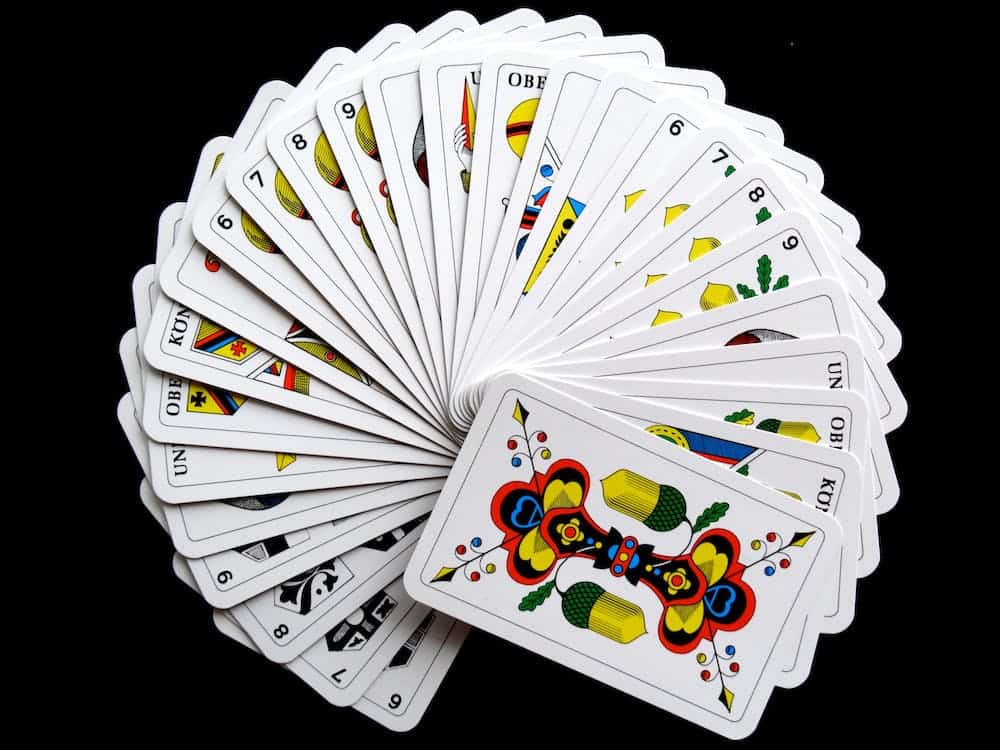Poker is one of the most popular games in the world for many reasons. It is a simple game to learn yet challenging to master. Poker can be played with anywhere from two to ten players, making it perfect for large and small gatherings. Moreover, unlike many other games, poker is not reliant on luck alone – skill and strategy play a big role in the outcome of a hand. Poker is also a very versatile game, with numerous variants that can be played. Whether you are looking for a fast-paced game or something more relaxed, there is a form of poker. It is no wonder that poker has been around for centuries and shows no signs of slowing down.
If you are looking to up your poker game, one key element is understanding how to read your opponents. Moreover, while there are several ways to do this, from studying their betting patterns to observing their facial expressions, one often overlooked method is looking for physical tells. Physical tells are any unconscious body movements or habits that can give away information about a player’s hand. For example, if someone’s legs are shaking or cannot sit still, that might indicate they are nervous and have a weak hand. Alternatively, if someone clutches their chips tightly, that could mean they have a strong hand and feel confident. By learning to spot physical tells, you can gain valuable insights into your opponents’ hands and give yourself a leg up in the game. This poker guide will help you with that, giving you a list of poker’s most common physical tells and what they mean.

“Strong when weak”
At its core, poker is a game of deception. Trickery is so deeply ingrained in most poker players that for most physical tells, you can safely assume that the player’s true intention is the exact opposite of what they are outwardly projecting. For example, any player trying to bluff would never show exaggerated weakness and nervousness at the table. If you see that, it is far more likely that they have a strong hand and are trying to conceal their true strength by acting scared.
Defensive tells
In line with the “strong when weak” mentality, many players with bad hands will subconsciously try to stop you from betting with their body language. Since these actions are subtle and subconscious, they are reliable and tricky to fake. Actions like touching the chips before checking mean they want to feign interest in the pot. More exaggerated actions like reaching for the chips as someone prepares to bet are a telltale sign of compensating for a weak hand, as they are trying to dissuade the player from making that bet.
Betting tells
Again, you want to consider their bet’s intended purpose and corresponding physical actions whenever a player bets. A player trying to bluff would never want to hesitate and show weakness, so they would probably make their bets quick and straightforward. Likewise, a player with a firm hand would want to make their hand appear weaker than it actually is, so they would probably feign hesitation and take longer than usual. It’s generally easier to spot players with strong hands than those bluffing since bluffers are hyper-aware of their surroundings, while a player with a solid hand is more likely to be relaxed.

Quick calls
A player rushing to call a bet is one of the most common and reliable signs of a weak or mediocre hand. That is because when someone instantly calls, they do not consider raising a possibility. While some players will call with strong hands, that decision usually takes at least a few seconds of deliberation. Most quick calls happen during the pre-flop and flop because bet sizes are still small. Players calling 3-bets pre-flop often have pocket pairs like QQ or JJ, which they consider strong enough to play but not strong enough to 4-bet with.
Are physical tells really that important?
While physical tells may be more of an art than a legitimate technique in poker, they are still vital and should be second to a solid strategy. While it is true that you can’t rely on them entirely, they are still worth taking into consideration. The most important thing is to have your strategy in place and use physical tells to supplement that strategy. By using both, you’ll be able to make the most informed decisions possible and increase your chances of winning. So, next time you’re at the poker table, remember to use physical tells wisely. They may just help you come out ahead.
Physical tell alternatives
In the era of online poker, physical tells are not always present. Poker tracking software is one way to get around this problem. This software lets players track their opponents’ betting patterns and hand histories. Players can use this information to decide when and how much to bet. Poker tracking software is a valuable tool for players who want to improve their game.

Where to play if you dislike physical tells
Poker is a game of both skill and chance. A big part of learning how to play poker is spotting others’ tells and reacting accordingly. In this article, we have outlined some common physical tells that you should watch for. If you are not a fan of physical tells and prefer anonymity, we suggest signing up for GGPoker, the world’s largest poker room. Here, you can put your new skills to the test against some of the best players in the world without worrying about tells since it is online. GGPoker also offers world-class poker tracking software, free for all its users!





